Poltitics of Division: These 10 New Vehicles Demarcate the U.S. and Canadian Auto Markets
Grits and poutine aren’t the only divisions betwixt us.
Celine Dion and two-year election campaigns aren’t the only factors that enable Europeans to tell us apart.
Catastrophic illness-induced bankruptcy and wait-time-fostering universal healthcare aren’t the only hallmarks of our unique approaches to public policy.
There are wildly divergent vehicular tastes between the United States and Canada, as well.
True, the Ford F-Series is Canada’s best-selling vehicle, just as it is in the United States. Mercedes-Benz is the top-selling luxury brand in both the United States and Canada; Ford is the top brand overall. The Honda Civic is the best-selling small car in both countries. Toyota’s Camry is the leading midsize car on both sides of the border. No automaker operating in the U.S. or Canada sells more minivans than Fiat Chrysler Automobiles. For goodness’ sake, even bald eagles and beavers cross borders.
Yet for all the similarities of two markets that share so much and bear a great deal of resemblance to one another, there are profound differences. For all of Canada’s disproportionate small car affection, full-size pickup trucks consume significantly greater market share in Canada than in the United States. Minivans are distinctly more common purchases in Canada, as well.
Earlier this week, we discussed a handful of other key differences in these two markets that share the world’s longest undefended border, namely, the cars Canadians can buy that Americans can’t, and the cars Americans can buy that Canadians can’t.
That was interesting. But the data reveals there are high-volume vehicles in both countries that seriously overperform their counterparts on the other side of the border. Through the first seven months of 2016, the U.S. new vehicle market was 8.7 times larger than the Canadian new vehicle market. Yet the leading vehicle on our U.S. list sells 36 times more often in the U.S. than Canada, and the leading vehicle on the Canadian list barely sells more than twice as often in the U.S. — a market that’s nearly nine times the size, remember — than in Canada.
Get the drift? With the U.S. market roughly nine times larger than Canada’s, any vehicle which sells more than nine times more often in the U.S. than it does in Canada is overperforming in the U.S.
Meanwhile, any vehicle which sells less than nine times more often in the U.S. than it does in Canada is underperforming in the U.S.; overperforming in Canada.
We’ve compiled two lists by excluding any vehicle that does not rank among the top 50 best-selling new vehicles in the U.S. or Canada. This reduces emphasis on low-volume anomalies. We’ve also excluded vehicles that aren’t on sale on the other side of the border — it’s obvious that they’re overperforming. First, five vehicles that most dramatically overperform in the United States, then the top five that overperform in Canada. This doesn’t mean each car is unpopular on the other side of the border, only that there’s a great deal of difference in the tastes of Americans and Canadians.
USA
Jeep Renegade – 23.5-to-1
Honda Accord – 24.0-to-1
Chevrolet Traverse – 27.1-to-1
Chevrolet Impala – 35.0-to-1
Nissan Altima – 36.4-to-1
CANADA
Mazda3 – 1-to-3.6
Hyundai Santa Fe – 1-to-3.6
Hyundai Tucson – 1-to-3.2
Dodge Grand Caravan – 1-to-2.6
Volkswagen Golf – 1-to-2.5
Timothy Cain is the founder of GoodCarBadCar.net, which obsesses over the free and frequent publication of U.S. and Canadian auto sales figures. Follow on Twitter @goodcarbadcar and on Facebook.
More by Timothy Cain
Latest Car Reviews
Read moreLatest Product Reviews
Read moreRecent Comments
- Carson D Just don't be the whistleblower who reports on the falsification of safety data. That's a deadly profession.
- Carson D I'd have responded sooner, but my computer locked up and I had to reboot it.
- Todd In Canada Mazda has a 3 year bumper to bumper & 5 year unlimited mileage drivetrain warranty. Mazdas are a DIY dream of high school auto mechanics 101 easy to work on reliable simplicity. IMO the Mazda is way better looking.
- Tane94 Blue Mini, love Minis because it's total custom ordering and the S has the BMW turbo engine.
- AZFelix What could possibly go wrong with putting your life in the robotic hands of precision crafted and expertly programmed machinery?



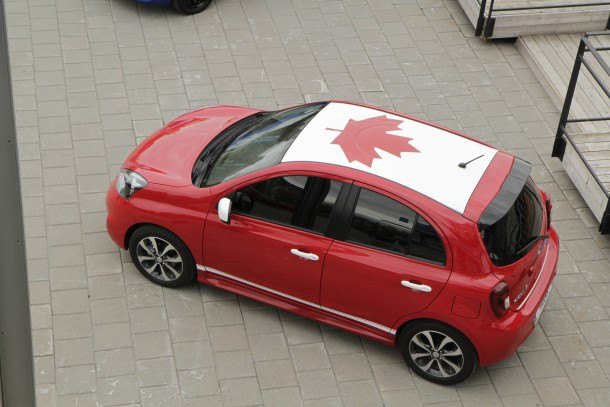


























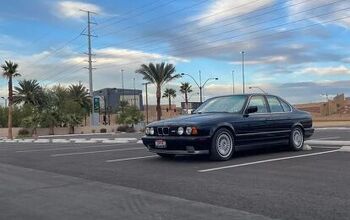


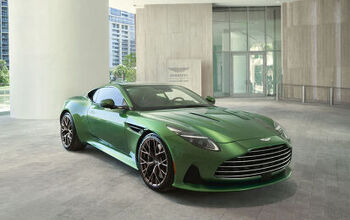
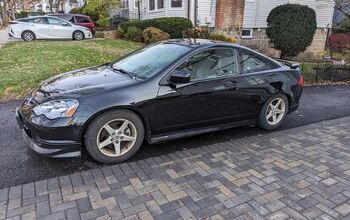
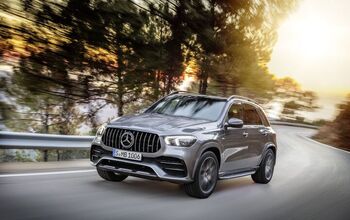


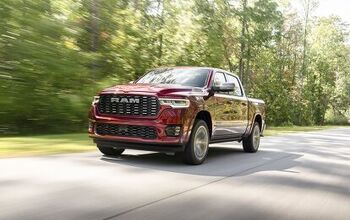
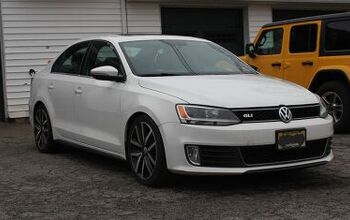
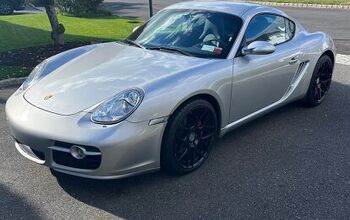
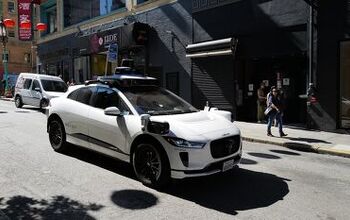
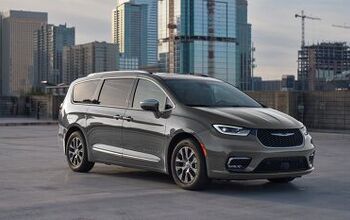

Comments
Join the conversation
The big differences are rural/urban. The big cities favor compacts, minivans and crossovers. Outside of town you'll see mostly pickups, larger cars and crossovers. Downtown traffic in Montreal, Toronto, Vancouver is mostly the same. Rural Alberta is a dead ringer for rural Quebec or rural Ontario.
> To be fair, total sales of Fiat Chrysler Automobiles’ Ontario-built minivans are not merely 2.6 times stronger in the U.S. than in Canada. Shouldn't that have been "2.6 times stronger in Canada than in the U.S." ?